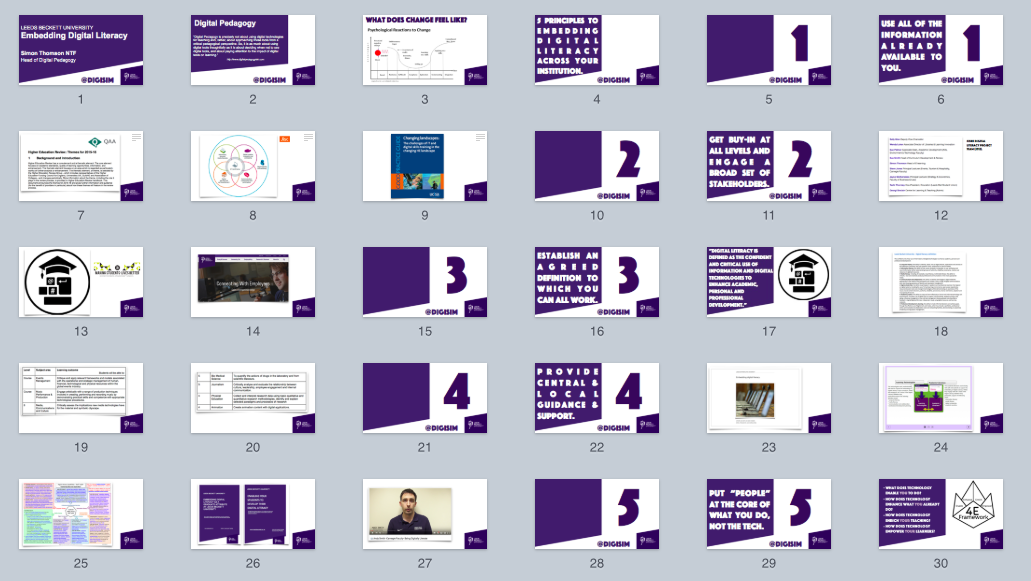[dropcap]I[/dropcap] was invited to speak at a Westminster Briefing event in London earlier this week, the title of which was “Digital Literacy in HE: Engaging Students and Developing Your Institution”.
The agenda provided attendees with a number of speakers perspectives and the day was split into two halves, the morning theme was focused on policy and the afternoon on practitioner experiences.
My “slot” was in the afternoon section so I wanted to bring a tangible element to the discussions. I focused on 5 Principles for embedding digital literacy across a university:
- That we must identify & use the resources and information already available to us.
- Too often we set out on a journey without exploring who or what has already gone ahead of us. We can learn much from their experiences and shared knowledge and resources and these should help inform our own activities.
- Get buy-in at a range of levels and with a broad engagement.
- Institutional activity requires cross-institutional representation. Senior leadership & buy-in helps to strategically align the activity with managers who make deployment decisions. Grass roots buy-in ensures that the ownership of the implementation is where it needs to be in order to ensure success. Failure to engage with all the stakeholders means a potential weak link in the chain
- Establish a local definition for digital literacy.
- If you ask 20 people what digital literacy is you might get at least 10 (if not more) different answers. What is important is that a definition is agreed to which everyone can align their activity to. There are already some good sector-wide definitions (see point 1) so drawing upon them can help, but localising it to your own needs & contexts is important.
- Provide central & local guidance/support.
- Change is difficult and so a system of support is of paramount importance. Centrally provided support can give the consistency you might need to ensure a level of continuity and to share practice across disciplines. However, do not under estimate the importance of local, context specific support that can really engage staff & students and “translate” some of the central support materials into something tangible within a discipline.
- Put people at the core of what you do, not the technology.
- People are the key component of change (or not). Although digital is centred around technology it can be too easy to focus on the tools & services. In my experience time is better spent focussing on the people, the conversation and the pedagogy. The technology will feature in their somewhere, but it’s not the focus.
The challenge that exists is that we live in a digitally connected world and there is significant pressure on UK HEI’s to engage in the development of digitally prepared graduates as part of the broader UK Digital Strategy. Personally, I think it is right that Universities step up to the challenge of equipping our staff & students to be confident, capable and critical users of digital tools and services in their personal, professional and leisure activities. However, this has to be carefully managed and should be a process of what I call “digital by design”, rather than “digital by default”.
Digital by default.
Sometimes the digital agenda can feel like a license to impose digital across the entire curriculum for the sake of it. Digital by default can disengage our staff & students and may, in some cases, result in a worst experience than was had prior to the digital interventions. There are some areas where digital might not be a better solution than what staff & students currently do and so digital by default should be avoided as an approach.
Digital by design.
Digital by design is not about allowing our staff & students to avoid digital because they don’t like it (or perhaps fear it) but about implementing digital because it adds value to the discipline area and the activities. What is most important is that digital is seen as a benefit, has value and improves an experience over any previous implementation. Digital pedagogy is about recognising that different disciplines have different pedagogic models and that digital implementations should support those models and enable, enhance, enrich or empower through those implementations.
Balancing both.
The reality is that in some cases digital by default may be seen as potentially beneficial. For example the desire to implement a campus-wide e-assessment strategy could be seen as a “digital by default” position, but the approach to it should be implemented with a “digital by design” lens. This means that we should not be too quick to decide the format and method for the e-assessment, but allow flexibility for course teams to decide most appropriate methods that best meet their pedagogic models of delivery. This approach is a balancing act, driving digital change but empowering those who are implementing it to make choices that best suit their needs.
I really believe that most staff want to do their very best in providing a high quality experience for their students, and that if they see digital as a way of doing that then they will take ownership if it and take the time to develop their skills to implement it.
After all, it is the people who take forward the change, not the technology.
Slides available below.
https://speakerdeck.com/digisim/westminster-briefing-digital-literacy-embedding




7 Responses